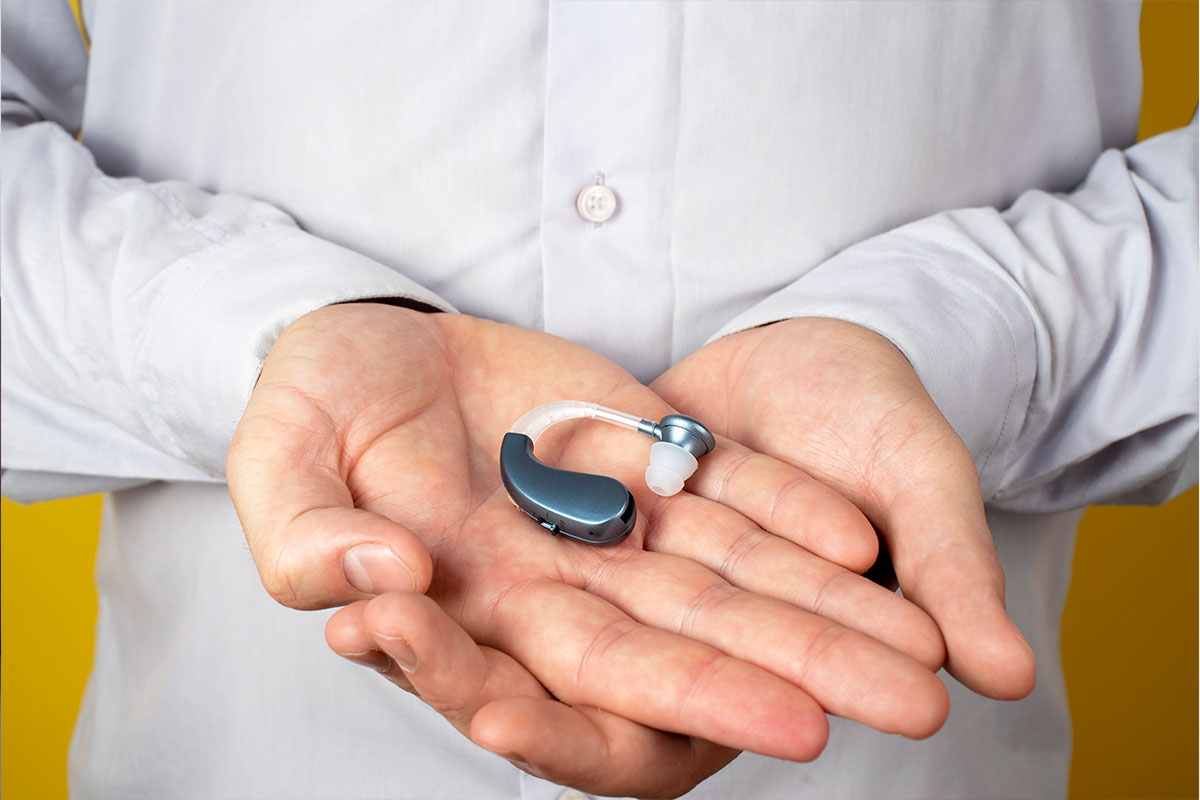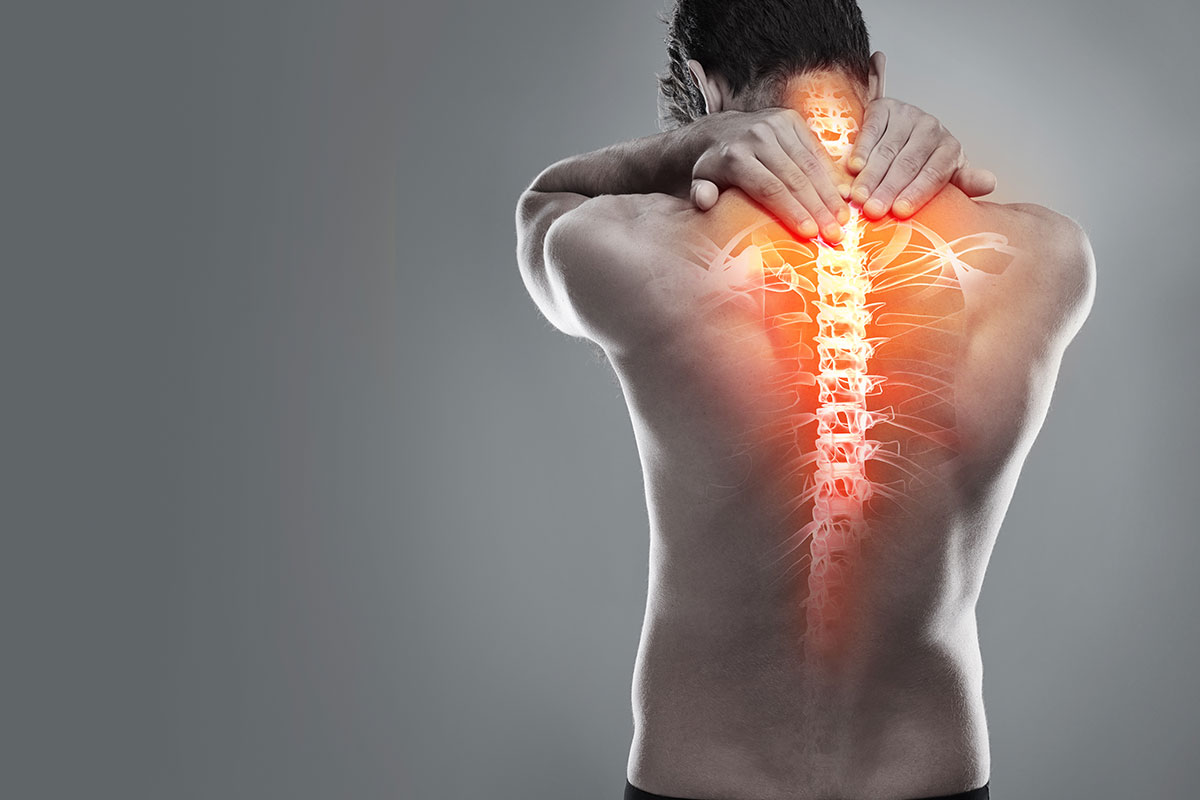
The Leadless Pacemaker : A Game Changer
By Dr. Gyanti R. B. Singh in Cardiology Cardiac Electrophysiology
Nov 10, 2020
Q. What is a leadless pacemaker?
The leadless pacemaker technology has rapidly advanced in the pursuit of decreasing complications and improving outcomes.
Leadless pacemaker got FDA approved in 2016.
The leadless pacemaker is 90% smaller than conventional pacemaker. Its, about the size of a multivitamin capsule, 1.75 gm in weight and 0.8 cc in volume with 12 yrs. battery longevity and MRI compatible up to 1.5 Tesla to 3.0 Tesla.
The leadless pacemaker is a self contained generator and electrode pacing system, it is implanted directly inside the heart in right lower chamber via femoral venous access. The pacemaker is affixed to the right ventricle myocardium and released. The delivery system is then removed and the pacemaker remains embedded in the right ventricle.
Q. What are the advantages of leadless pacemaker?
1. Redefined patient experience
- No chest scar
- No bump
- No visible or physical reminder of a pacemaker under the skin
- Fewer post implant activity restrictions
2. Eliminated pocket related complications
- Injection
- Bleeding and hematoma
- Skin erosion
- Pain and tenderness
3. Eliminated lead related complication
- Fractures
- Insulation breaches
- Venous thrombosis and obstruction
- Tricuspid valve regurgitation (right valve leakage)
Q Who are the candidate for pacemaker?
- Patient who require pacing mostly from the bottom chamber of the heart.
- Patient who have paroxysmal and permanent atrial fibrillation with bradycardia and tachycardia-bradycardia with good heart pump function
- Patient who require infrequently pacing
Q Who are not suitable candidate for leadless pacemaker?
- Those who require double chamber pacing
- Who have existing Cardiac Implantable Electronic Device (AICD/CRT/CRT-D)
- Mechanical tricuspid valve
- Inferior vena-cava filter
- Pulmonary artery hypertension
- Inappropriate femoral venous anatomy
- Morbid obesity-prevent the implanted device from obtaining telemetry communication within < 12.5 cm or 4.9 inch.
CONCLUSION :
Leadless pacing offers on innovative and safe alternative for cardiac pacing in patients who require single chamber pacing while avoiding the common pitfalls of traditional transvenous pacemaker system.







